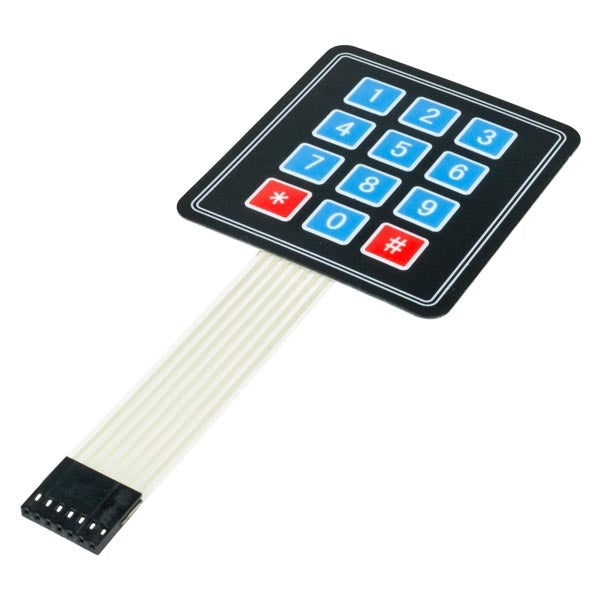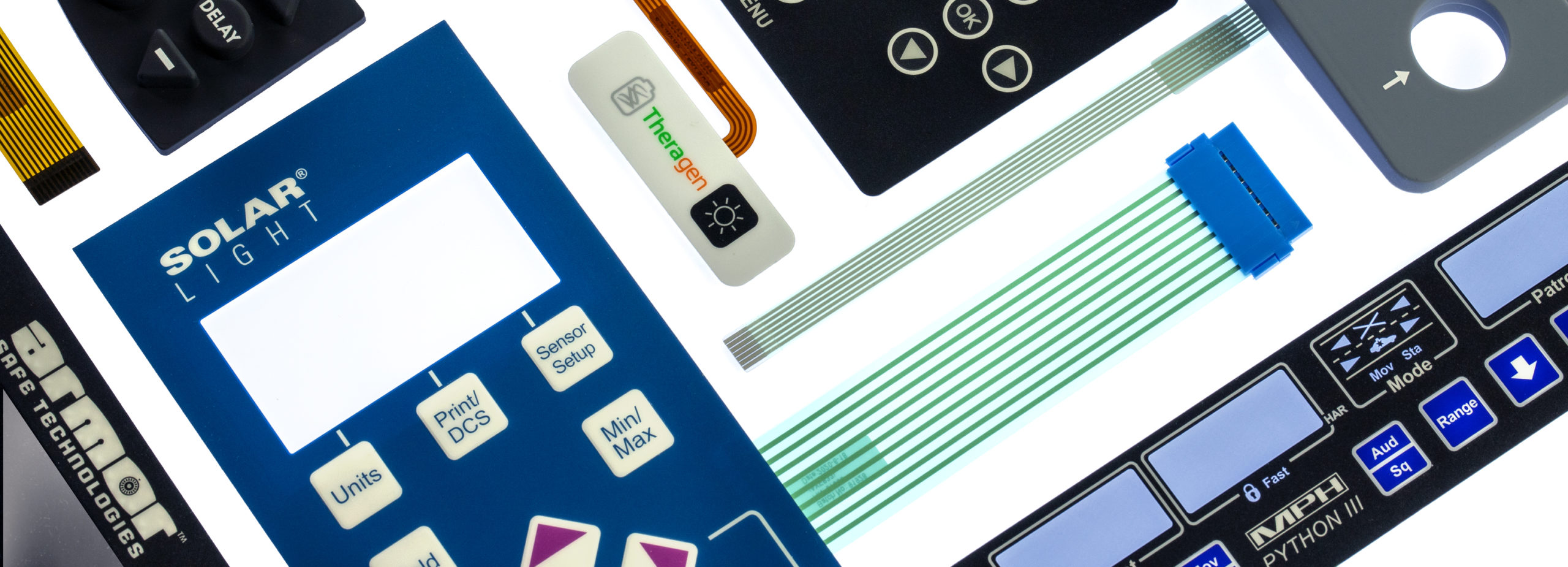The Benefits of Making Use Of Membrane Changes in Customer Electronic Devices
Membrane layer switches are progressively identified for their significant advantages in consumer electronic devices, specifically in enhancing individual interaction and simplifying production processes. The flexibility in layout enables for tailored options that fulfill varied customer needs.
Improved Individual Experience

In today's affordable landscape of customer electronic devices, enhanced customer experience is extremely important; nearly 85% of individuals focus on user-friendly interfaces. Membrane layer changes play an essential function in accomplishing this level of use.
The responsive feedback offered by membrane buttons is necessary for guiding user activities, guaranteeing that commands are signed up accurately. This feedback device lessens errors and enhances user contentment, cultivating a favorable relationship between the customer and the gadget. The personalized nature of membrane layer switches enables manufacturers to customize interfaces to details user demands, making gadgets more available and welcoming.
In addition, membrane buttons can include backlighting and graphic overlays, even more improving visibility and use in varied environments. This adaptability makes certain that devices stay easy to use and practical, no matter the setting. In general, the combination of membrane layer switches over right into customer electronic devices considerably improves individual experience, driving brand loyalty and satisfaction in a progressively open market.
Cost-efficient Production
Customer electronic devices manufacturers are regularly looking for means to stabilize high quality with price, and membrane buttons provide an engaging option for affordable manufacturing. These components are inherently simpler than conventional mechanical switches, which reduces both production costs and complexity. The lightweight layout of membrane layer changes permits lower shipping expenditures and less complicated assimilation right into portable gadgets, even more enhancing their allure in an open market.
Manufacturers can produce membrane layer buttons in high volumes, taking benefit of economic situations of range. This automation capacity ensures regular high quality while considerably lowering per-unit prices. In addition, the products used in membrane layer switches, such as polyester and polycarbonate, are commonly less costly than those required for standard switch technologies, adding to general price savings.
The manufacturing process for membrane layer changes generally requires less steps and much less labor compared to other switch kinds. This structured strategy not only reduces labor expenses yet likewise increases time-to-market, enabling companies to react swiftly to consumer need. As a result, the combination of minimized product expenses and reliable production procedures settings membrane layer switches as a wise investment for manufacturers aiming to supply top quality consumer electronic devices at competitive price points.

Design Adaptability and Personalization
While traditional mechanical buttons commonly impose restrictions on design as a result of their mass and required installing devices, membrane switches offer unparalleled versatility and customization choices for consumer electronic devices. This innovative innovation permits designers to develop smooth, inconspicuous interfaces that can perfectly incorporate into various item visual appeals, from mobile phones to cooking area home appliances.
Membrane layer switches can be created in virtually any type of form or dimension, making it possible for makers to tailor the layout to particular ergonomic and practical needs. This adaptability not just boosts customer experience but also enables artistic designs that align with brand identity. The usage of published graphics on membrane layer changes offers the chance for intricate styles and dynamic colors, which can be conveniently changed without significant cost implications.
In addition, membrane layer switches can incorporate numerous capabilities right into a single layer, reducing the requirement for several elements and simplifying setting up processes. This structured style method minimizes room and weight, making it excellent for portable customer electronics. Overall, the layout versatility and modification capacities of membrane switches over equip manufacturers to introduce, ultimately leading to more interesting and easy to use products.
Sturdiness and Dependability
As technology remains to advance, the longevity and integrity of membrane buttons have actually come to be important factors to consider for producers in the customer electronics sector (membrane switch). Membrane layer buttons are designed to endure severe ecological problems, consisting of temperature level variations, Going Here moisture, and dirt exposure. Their robust building commonly includes multi-layered products that provide a reliable obstacle against contaminants, making certain longevity and constant efficiency

Additionally, membrane switches can sustain a considerable number of actuations without loss of performance, frequently surpassing numerous cycles. This longevity translates to lower replacement expenses and lowered downtime for manufacturers and customers alike. Generally, the combination of ecological durability and mechanical integrity makes membrane layer changes a strategic option for consumer electronic devices, making sure that gadgets continue to be reliable and operational throughout their desired life expectancy.
Streamlined Item Advancement
The resilience and dependability of membrane layer changes dramatically contribute to structured product development in the customer electronics field. By integrating these buttons early in the layout procedure, producers can minimize the intricacy and number of elements called for in their items (membrane switch). Membrane buttons are small and lightweight, allowing for much more reliable room application within devices, which can cause streamlined setting up processes
Furthermore, the customization internet capabilities of membrane switches allow developers to customize attributes especially to consumer requirements without sustaining too much prices or delays. This adaptability promotes innovation, as companies can rapidly repeat designs based upon market feedback, eventually increasing the time-to-market for brand-new items.
The convenience of producing membrane switches also plays a critical duty in product growth. With modern printing methods and materials, production can be scaled efficiently, minimizing and minimizing lead times waste. This causes reduced production expenses, enhancing general profitability.
Verdict
In final thought, membrane layer changes dramatically enhance consumer electronic devices by providing an enhanced customer experience, cost-efficient manufacturing processes, and flexible style choices. Their sturdiness and dependability ensure consistent efficiency in numerous atmospheres, while structured product development facilitates quicker time-to-market. These advantages collectively contribute to the advancement and capability of customer tools, dealing with the advancing needs of individuals efficiently. The integration of membrane layer switches over represents a tactical selection for suppliers seeking to optimize item style and efficiency.
Membrane layer switches are increasingly recognized for their significant benefits in customer electronic devices, especially in improving user interaction and simplifying production procedures. Furthermore, the materials used in membrane buttons, you can try this out such as polyester and polycarbonate, are often much less costly than those required for conventional button technologies, contributing to total price savings.
The manufacturing procedure for membrane layer changes usually requires less steps and less labor compared to other button types. Unlike traditional mechanical buttons, which might use out over time, membrane switches over use a sealed layout that lessens the danger of mechanical failing.In final thought, membrane changes considerably enhance customer electronics by giving an enhanced customer experience, affordable manufacturing procedures, and versatile layout options.